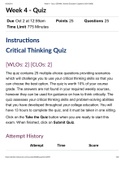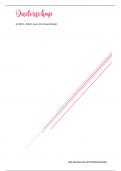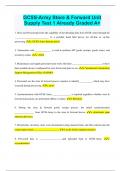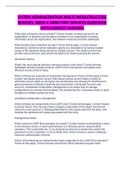Other
PHYS204 Physics Lab 2 - Hooke's Law and Force Constants
- Course
- Institution
In this experiment you will study the stretching response of a rubber band (or a spring) and compare the observed behaviour with the predictions of Hooke’s Law.
[Show more]








